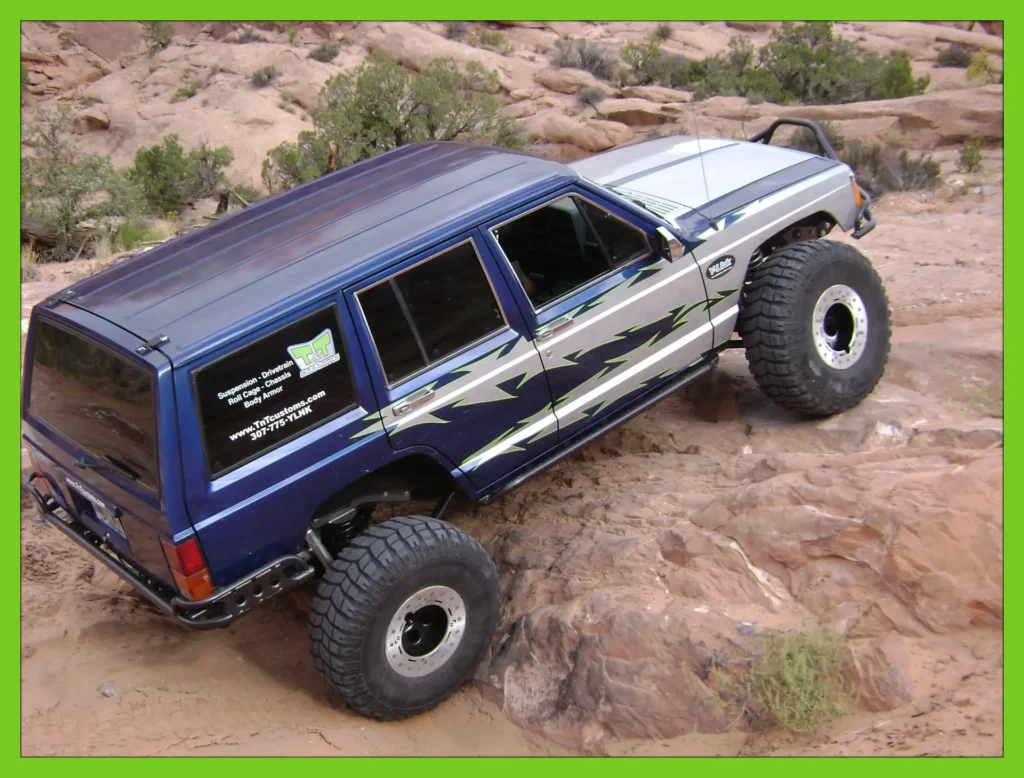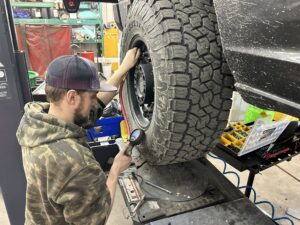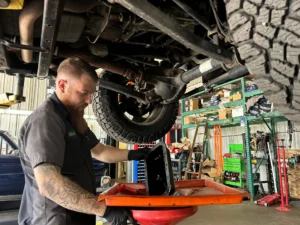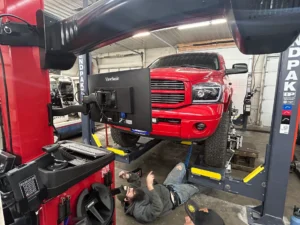Enhancing Off-Road Performance in Your Jeep Wrangler
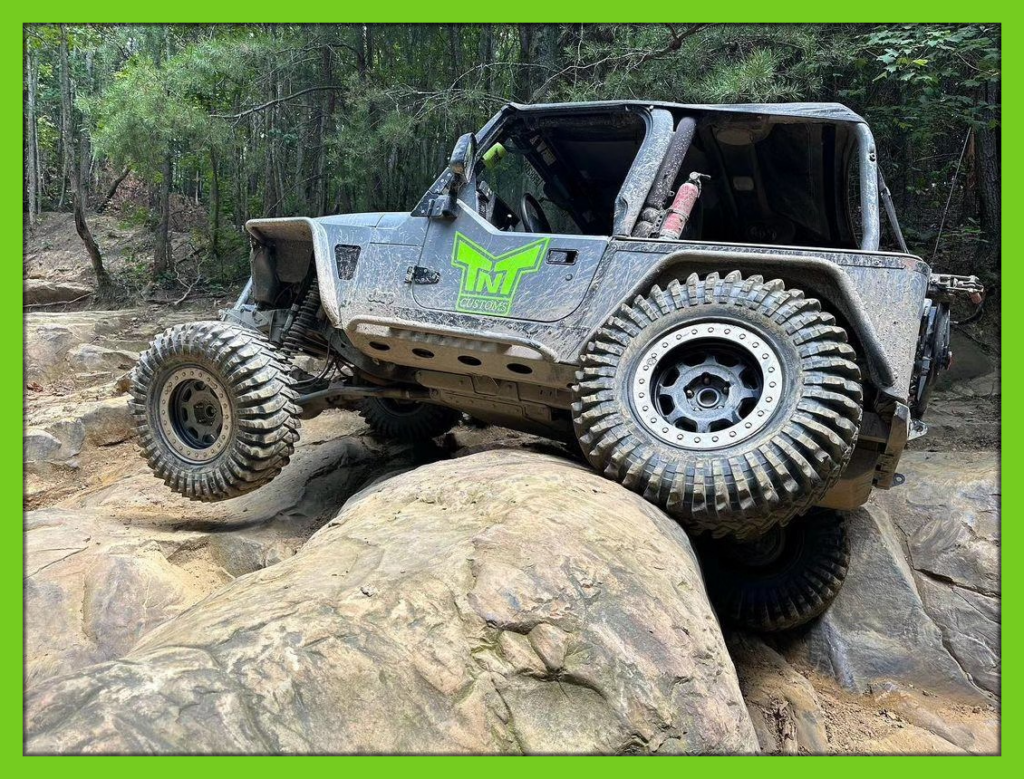
As off-road enthusiasts, we’re constantly seeking to optimize our vehicles’ capabilities to conquer challenging terrains. One crucial factor that often goes overlooked but significantly impacts off-road performance is the breakover angle. In this guide, we’ll delve into what the breakover angle is, why it matters, and how you can achieve the best breakover angle in your Jeep Wrangler.
Understanding Off-Road Angles
This refers to the maximum angle a vehicle can drive over without the midpoint of its undercarriage touching the ground. It’s a critical metric when navigating steep inclines, crests, and uneven terrain. Neglecting the breakover angle can lead to high-centering, where the vehicle becomes stuck due to insufficient clearance.
Importance of Breakover Angle in Off-Roading
In off-roading scenarios, having a sufficient breakover angle is essential for maintaining momentum and avoiding obstacles. Whether you’re traversing rocky trails or navigating through deep ruts, a proper breakover angle ensures that your vehicle can clear obstacles without risking damage to its undercarriage.
Factors Affecting Breakover Angle
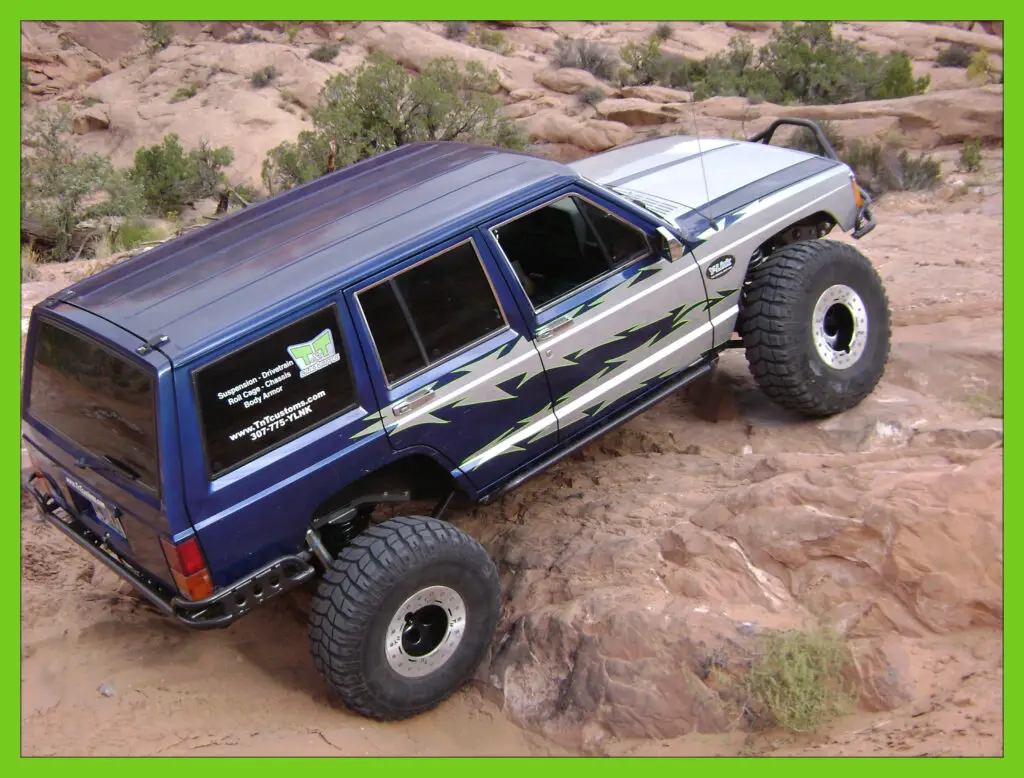
Wheelbase: A shorter wheelbase generally results in a better breakover angle as it reduces the likelihood of high-centering.
Vehicle Height: Lift kits and larger tires increase ground clearance, thereby improving this angle.
Suspension Flexibility: Upgraded suspension systems enhance articulation, allowing for better wheel travel and improved breakover angle. TNT Customs suspension designs incorporates all this to improve breakover angle while still maintaining proper suspension geometry with a high clearance belly pan and suspension chassis mounts.
Competitors on the market will boast about a high clearance belly pan but they’re chassis mounts will hang down below the belly pan by significant amount which causes a lower break over angle.
Approach and Departure Angles: While the breakover angle focuses on the middle of the vehicle, the approach and departure angles also play a role in overall off-road clearance. We will discuss these in future blog posts.
Enhancing Breakover Angle in Your Jeep Wrangler
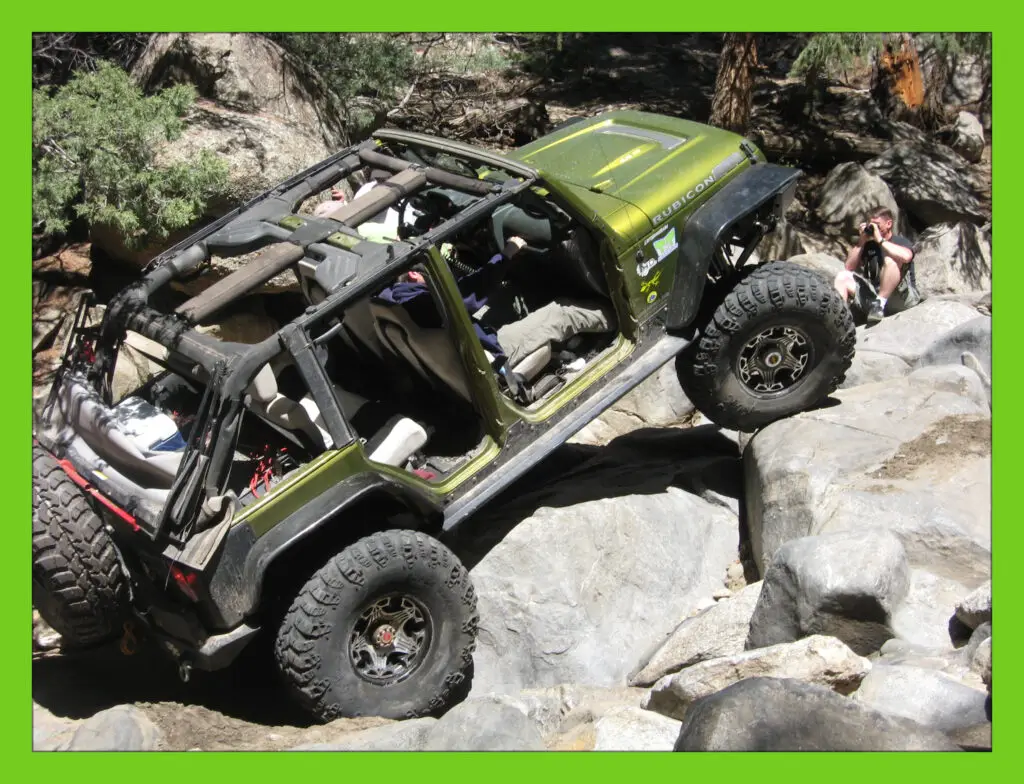
Now, let’s explore how you can optimize your Jeep Wrangler’s breakover angle for superior off-road performance:
Install a Lift Kit: A lift kit raises the vehicle’s frame which increase ground clearance.
Upgrade to Larger Tires: Larger tires provide additional clearance under the chassis, allowing for better traversal over obstacles.
Consider Aftermarket Skid Plates: Skid plates protect vulnerable components and can slightly increase ground clearance.
Choose Your Line Wisely: When tackling challenging terrain, selecting the right path can make all the difference. Look for routes that minimize the risk of high-centering.
Utilize Off-Road Driving Techniques: Techniques like momentum management, controlled throttle, and proper weight distribution can help navigate obstacles.
In the world of off-roading, mastering the different angles are paramount to unlocking your Jeep Wrangler’s full potential. By understanding its significance and implementing these strategies, you can ensure that your vehicle is equipped to tackle any trail with confidence. Remember, off-roading is as much about skill and strategy as it is about equipment. With the right approach, you’ll conquer obstacles and embark on unforgettable adventures in your Jeep Wrangler.
How To Measure Breakover Angle
Measuring this angle of your vehicle is essential for determining its capability on rough terrains. To measure the breakover angle, follow these steps:
Prepare your vehicle: Park your Jeep on a flat surface and ensure that it is level. Engage the parking brake to prevent any movement during the measurement process.
Locate the midpoint: Find the midpoint of your vehicle’s wheelbase. This is the point where the front and rear axles are equidistant. Mark this point on the ground with chalk or a piece of tape.
Measure the ground clearance: Measure the ground clearance at the midpoint of your vehicle’s wheelbase. This is the lowest point between the ground and the vehicle’s body or chassis.
Draw the triangle: Using the midpoint as the apex, draw an imaginary triangle on the ground. The two sides of the triangle should be the ground clearance measurement, extending outward from the midpoint.
Find the angle: Using a protractor or a smartphone app that measures angles, measure the angle between the two sides of the triangle. This is your breakover angle.
Remember, a larger breakover angle means that your vehicle can handle steeper obstacles without getting stuck. Stay tuned as we will look into approach and departure angles on future blogs.

